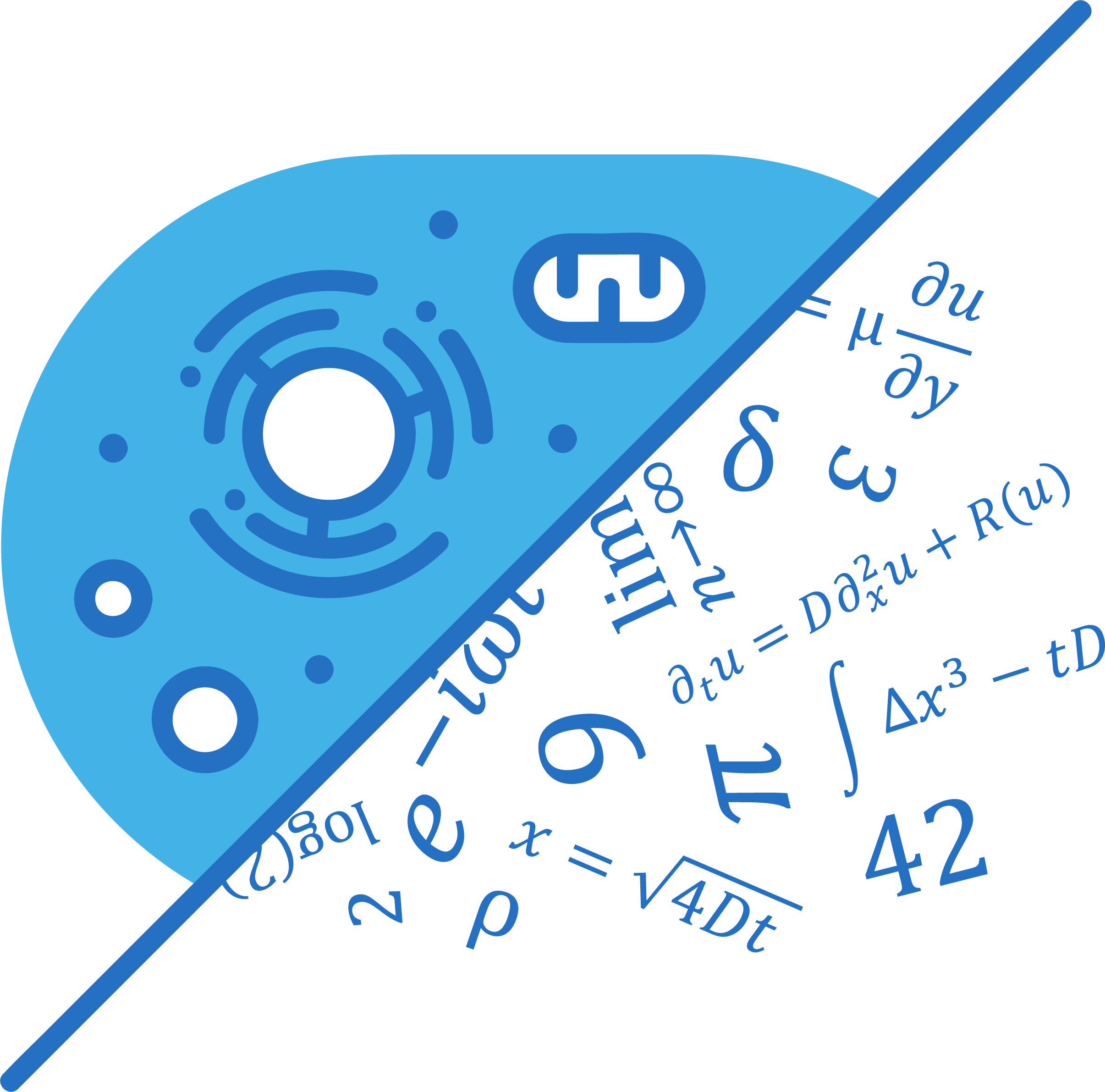|
15th Annual Symposium Physics of Cancer Leipzig, Germany Sept. 30 - Oct. 2, 2024 |
PoC - Physics of Cancer - Annual Symposium | |||||||||||||||
|
|
Invited Talk
Understanding the link between immune evasion and metastasis: A story of stromal - immune cell interactions in tumor-draining lymph nodes
Contact: | Website
Introduction: Immune checkpoint blockade (ICB) targeting PD/L-1 has recently been approved for triple-negative breast cancer (TNBC), but response rates are variable and independent of primary tumor PD-L1 expression. Emerging evidence suggests that tumor-draining lymph nodes (TDLNs) play a critical role in the response to ICB therapy. Furthermore, TDLN involvement is a major determinant of the occurrence of distant metastasis. In the steady state, however, LNs are responsible for effective immune responses, which are initiated upon well-organized cellular networks. How these cellular networks are reorganized to support cancer metastasis and TDLN-mediated immune evasion, via the PD/L-1 axis, remains unclear.
Material and method: We combined human patient samples and several TNBC mouse models with state-of-the-art technologies, such as single-cell and spatial transcriptomics, multi-color flowcytometry, proteomics and in vitro models. Results and discussion: We show critical data, on how myeloid cells, in particularly monocytes, increase in TNBC-draining lymph nodes and have immunosuppressive capacity. We further show how this immunosuppressive niche is established using our TNBC mouse models and tumors with varying metastatic potential. Single cell- and spatial transcriptomic and functional data indicate that TDLN fibroblasts recruit monocytes that preferentially home to and colocalize with fibroblast-rich niches in a CCL2/ CCL7 - CCR2 axis-dependent manner. These monocytes accumulate and exhibit suppressive capacity via the T cell inhibitory molecules PD-L1 and iNOS. Proteomic analysis of tumors and TDLN interstitial fluids and in vitro studies suggested that the factor inducing Ccl2/ Ccl7 expression in TDLN fibroblasts is a TLR4 ligand. Using a signature of just three of these TLR4 ligands in patient primary tumor samples, including TNC, S100A9 and LMNA, a subset of TNBC patients with significantly worse survival was identified. Most strikingly, local inhibition – targeted at the TDLN site - of the monocyte recruitment axis, either via Ccr2 or Tlr4 antagonism, in combination with anti-PD-1 inhibition resulted in reduced LN and distant metastasis in mouse models. Conclusion: Our results suggest a novel mechanism by which metastatic TNBC tumors reprogram the TDLN niche to support immune evasion via PD-L1, which precedes and promotes metastasis. By identifying this mechanism, we open opportunities for improving the efficacy of ICB in TNBC patients. |









